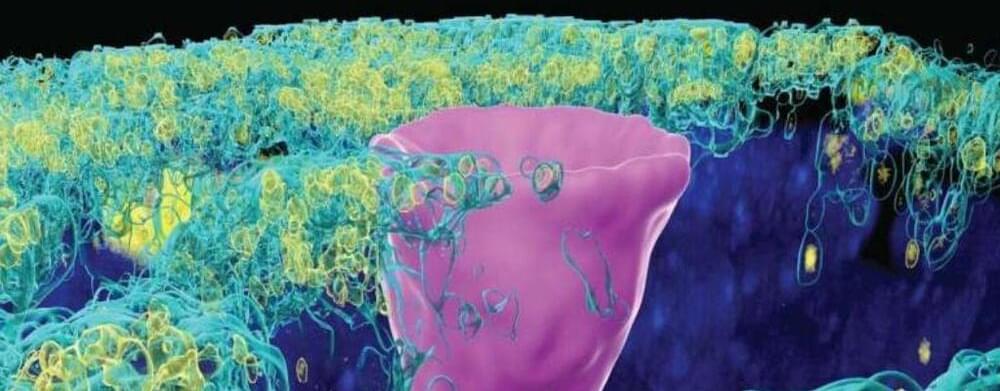Oct 29, 2023
Shape-shifting fiber can produce morphing fabrics
Posted by Gemechu Taye in category: futurism
MIT researchers have created FibeRobo, a liquid crystal elastomer (LCE) fiber that responds to cold or hot thermal stimuli.
Imagine a fiber that changes its shape when it gets warm and being able to use this fiber to make clothes that can quickly and silently change its shape.
Researchers at Massachusetts Institute of Technology (MIT) and Northeastern University have created FibeRobo, a liquid crystal elastomer (LCE) fiber that responds to cold or hot thermal stimuli.
Continue reading “Shape-shifting fiber can produce morphing fabrics” »


















